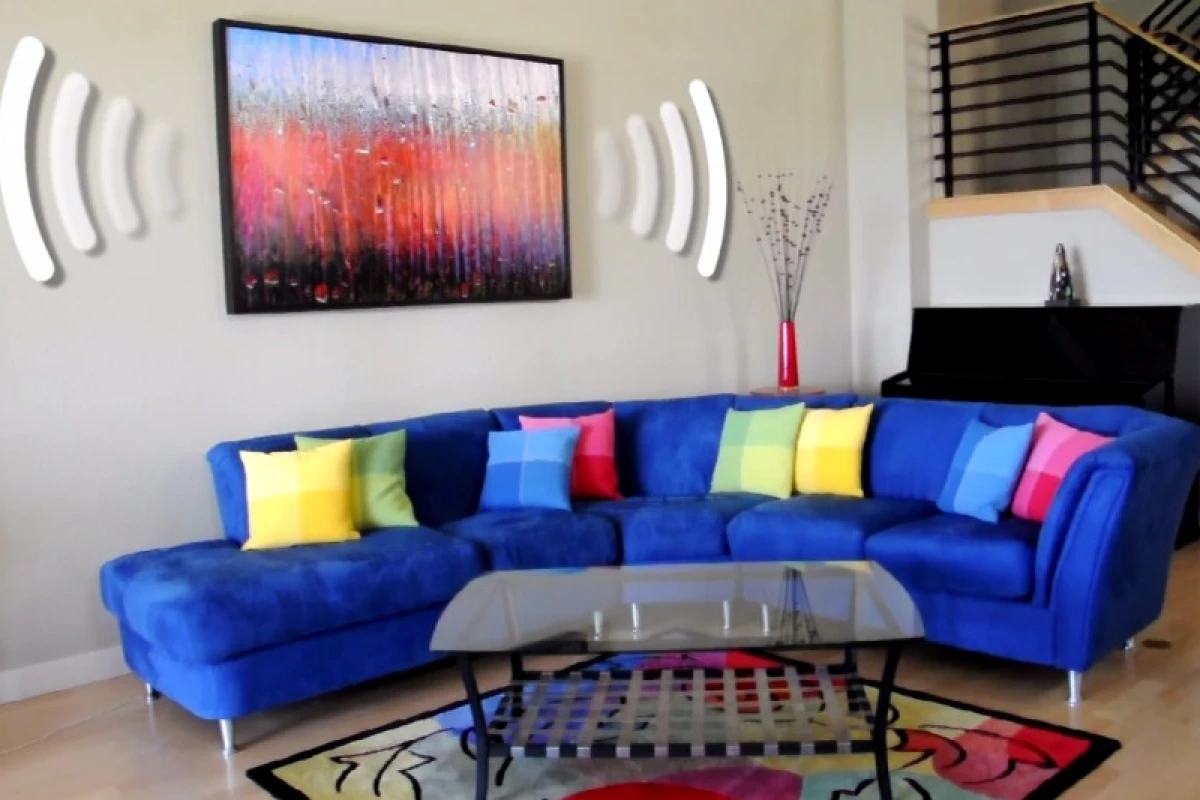People who love music can never quite get enough of it. They often want to listen to it for most of the day, whether at home, at work, or traveling between the two. Wireless speakers have aided this endeavor for listening at home, but they're often ugly objects you wouldn't want to have on display permanently – a problem potentially solved by Soundwall.
Soundwall is a wireless speaker that unarguably looks better than any other wireless speaker currently on the market. This is because it takes the form of a work of art, with the entire canvas forming the speaker. It's essentially a large flat-panel speaker powered by a Raspberry Pi computer and amplifier, all hidden by art chosen by you.
You can choose a print from the gallery of images provided by the company, have a custom image of your choosing printed onto the canvas, or receive a blank canvas to paint on yourself. Whichever option you choose, you end up with a piece of art to hang on the wall which doubles as a powerful wireless speaker. You plug Soundwall into a power outlet, set up a Wi-Fi connection, and it's ready to be used.

Soundwall plays music via Apple AirPlay, which requires a Mac or newer models of iPhone, iPad, or iPod touch. Windows users can use AirPlay via iTunes 11 and up, while Android users are offered a rather technical workaround to stream music to Soundwall using the UPnP protocol.
Soundwall is available in a range of sizes starting at the US$949 Poster measuring 24 x 36 inches (61 x 91cm,) and topping out at the $2,499 Epic measuring 40 x 60 in (102 x 152 cm). Each Soundwall is made by hand in Boulder, Colorado and takes several weeks to assemble. The short video below shows some Soundwall speakers hanging in situ.
Source: Soundwall via The Next Web








